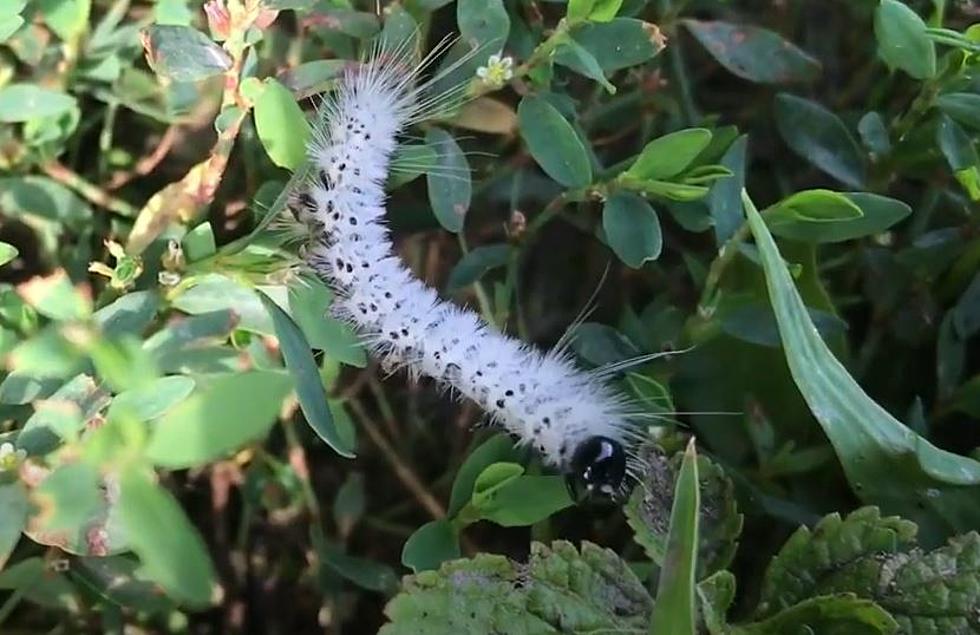
WARNING! Cute Caterpillar Is Actually Venomous & Inching Across New York
This small crawler might appear adorable at first glance. However, looks can be deceiving, and this particular caterpillar is one you should definitely keep your distance from. The reason? It possesses venomous characteristics. While native to Canada, the hickory tussock caterpillar has also been sighted in New York and Pennsylvania.

If you come across hickory tussock caterpillars crawling on foliage, it might be tempting to touch them. However, you'll want to reconsider, as their black spines are armed with venom designed to deter predators.
The hairs on the hickory tussock caterpillar contain barbs that can easily break off and become embedded in your skin, leading to potential trouble. These black hairs contain venom, and when the barbs remain lodged in your skin, they release a chemical that can spread across the surface and cause painful skin irritation.
The venom of the hickory tussock caterpillar is not highly toxic, so if you do touch one, you're probably not going to have catastrophic health issues. However, it's important to note that allergic reactions are common, which can result in an itchy, burning rash or welts. The good news is that any reaction should typically go away within 24 hours, as long as you carefully remove the barbs and treat the affected area with an antihistamine. In the event of a more significant reaction, you should always see a doctor!
LOOK: Stunning animal photos from around the world
Gallery Credit: Nicole Caldwell
LOOK: 30 fascinating facts about sleep in the animal kingdom
Gallery Credit: Katherine Gallagher
More From 98.1 The Hawk









